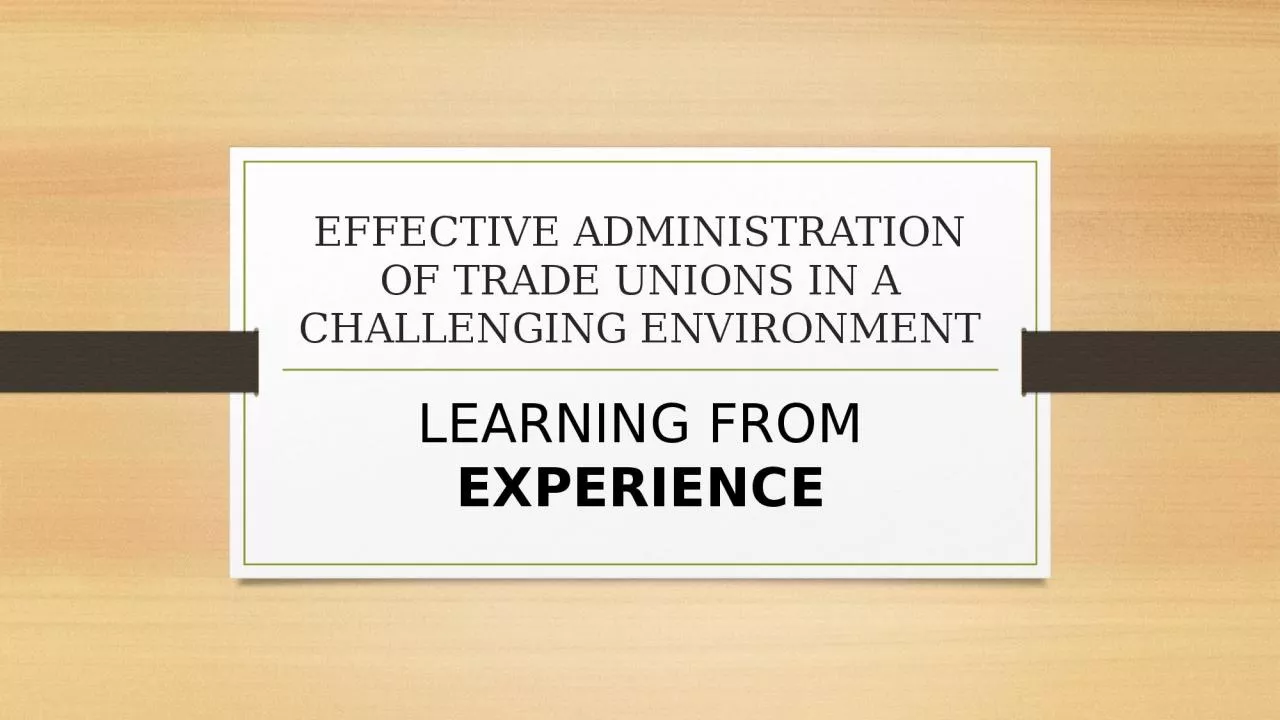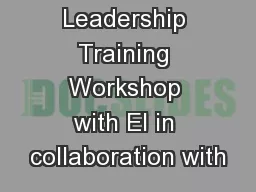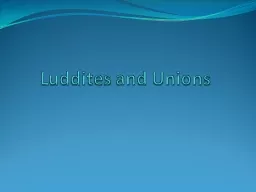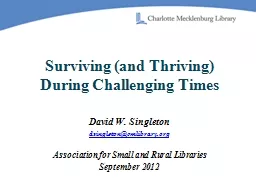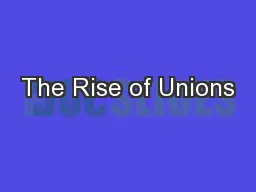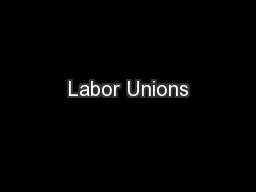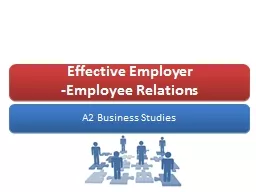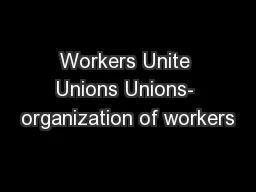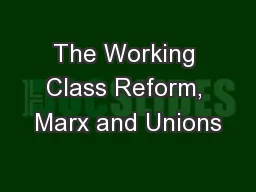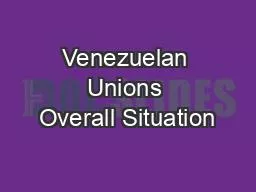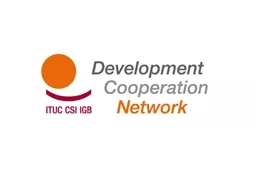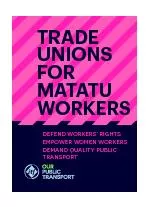PPT-EFFECTIVE ADMINISTRATION OF TRADE UNIONS IN A CHALLENGING ENVIRONMENT
Author : jacey | Published Date : 2023-11-04
LEARNING FROM EXPERIENCE PREAMBLE ASUP began operations in September 1992 but was formally registered with the Registrar of Trade Unions in 2009 The polytechnic
Presentation Embed Code
Download Presentation
Download Presentation The PPT/PDF document "EFFECTIVE ADMINISTRATION OF TRADE UNIONS..." is the property of its rightful owner. Permission is granted to download and print the materials on this website for personal, non-commercial use only, and to display it on your personal computer provided you do not modify the materials and that you retain all copyright notices contained in the materials. By downloading content from our website, you accept the terms of this agreement.
EFFECTIVE ADMINISTRATION OF TRADE UNIONS IN A CHALLENGING ENVIRONMENT: Transcript
Download Rules Of Document
"EFFECTIVE ADMINISTRATION OF TRADE UNIONS IN A CHALLENGING ENVIRONMENT"The content belongs to its owner. You may download and print it for personal use, without modification, and keep all copyright notices. By downloading, you agree to these terms.
Related Documents

